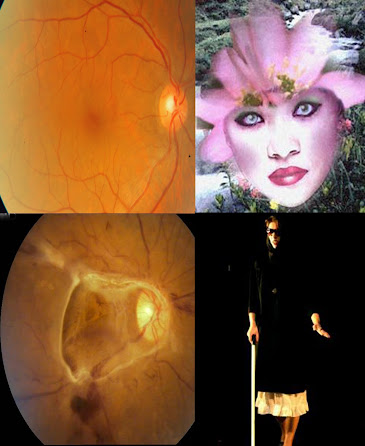CATARACT

CATARACT Our eye is like a camera. A camera has a group of lenses to zoom and focus the image. The same job in human eye is done by a single structure called as “Lens” . This lens is placed behind the iris and helps in focusing and zooming the images. This lens is a clear structure which is placed in a bag called as “Capsular bag” similar to a toffee being wrapped tightly by a plastic paper. But this capsular bag has no free ends. In old age due to many bodily changes, this lens slowly starts losing its transparency. This opacification of lens is called as “Cataract” . Since cataract is a disorder of old age, every individual has to face it in old age. Cataracts commonly affect both eyes, but it is not uncommon for cataracts in one eye to advance more rapidly. Typical symptoms may include blurry vision, glare, difficulty with night vision, poor color vision, or frequent changes in eyeglass prescription . There is no medical treatment for cataract. Surgery is the onl...
